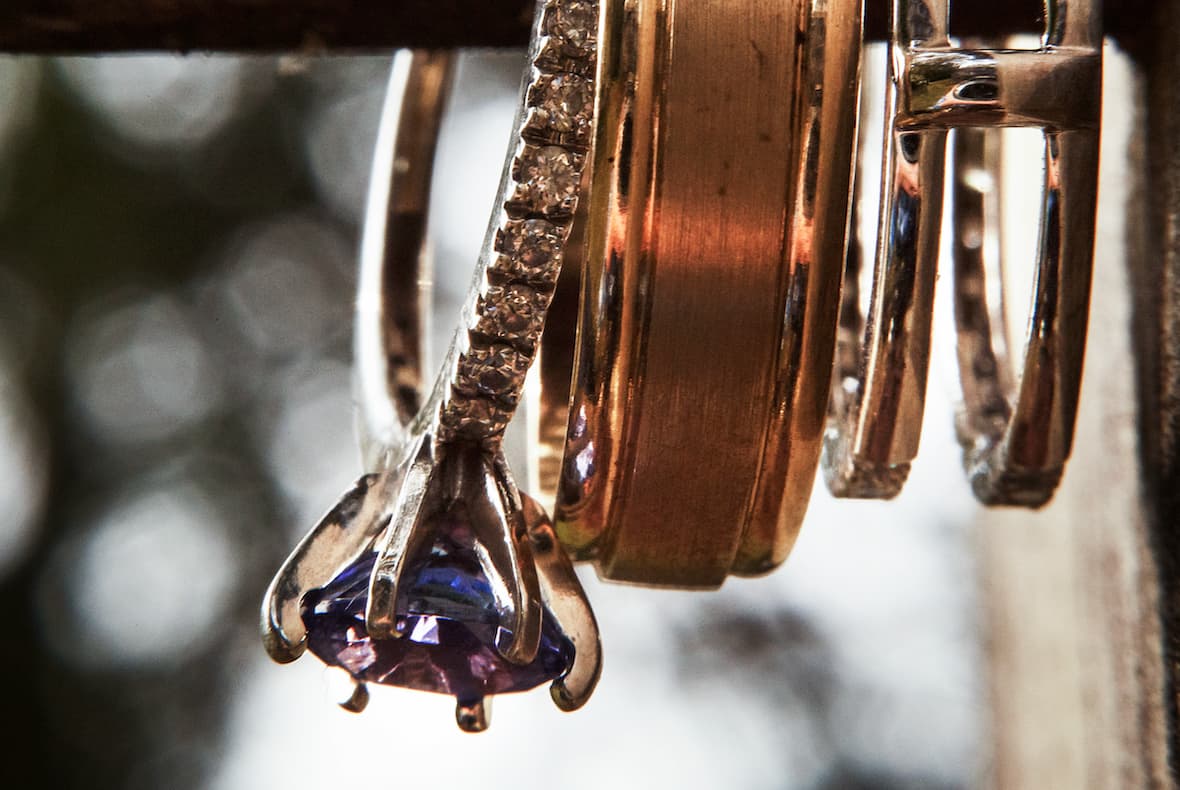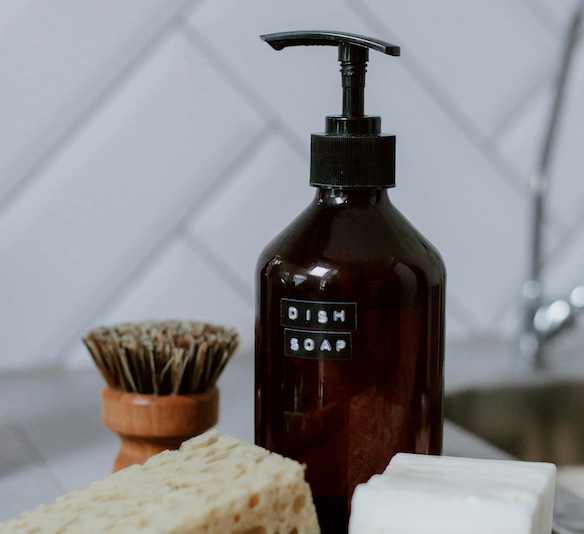Maintaining the brilliance and sparkle of your favorite jewelry is essential to keeping it looking its best. Over time, tarnish can dull the shine and leave your precious pieces looking lackluster. But fear not! This article is here to guide you through how to clean tarnished jewelry effectively and safely. We'll delve into what tarnish is, why it happens, how often you should clean your jewelry, and six easy methods to restore the shine and beauty of your cherished accessories. Join us and learn to banish tarnish for good.

Before delving into the specifics of "how do you clean tarnished jewelry", we first need to know what it is. Tarnish on jewelry refers to a thin layer of corrosion that forms on the surface of certain metals, such as silver, copper, brass, and gold alloys, due to chemical reactions with substances in the environment.
This layer dulls the metal's shine, giving it a discolored, darkened, or sometimes greenish appearance. Fortunately, the corrosion doesn't damage the underlying metal but rather affects the surface layer. This means that tarnish can be removed, restoring the jewelry's original luster.
Technically, jewelry tarnishes primarily due to a chemical reaction between the metal in the jewelry and substances in the environment.
The most common cause of tarnish is exposure to sulfur-containing compounds, such as hydrogen sulfide, which are present in the air, water, and certain household products. When these sulfur compounds come into contact with metals like silver, copper, and brass, they react with the metal's surface to form a dark layer known as tarnish.
Other factors can also contribute to tarnishing, including:
The frequency of cleaning tarnished jewelry depends on various factors, including the type of metal, how often it's worn, and the environment it's exposed to. Here are some general guidelines to help you decide how often to clean your tarnished jewelry:
Additionally, here are some metal-specific guidelines to keep in mind:
When tarnish dulls the shine of your favorite jewelry, these six easy methods will help you restore their brilliance. Here's how to clean tarnished jewelry at home:
This method works well for silver and gold jewelry.
Materials: Baking soda, aluminum foil, hot water, and a glass bowl.
1.Line the bowl with aluminum foil (shiny side up).
2.Place your tarnished jewelry on the foil.
3.Sprinkle baking soda generously over the jewelry.
4.Pour hot water over the jewelry until it's fully submerged.
5.Let it sit for 5-10 minutes.
6.Rinse the jewelry with cool water and pat dry with a soft cloth.

If you are asking "how do i clean tarnished jewelry made of copper or brass," this solution of vinegar and baking soda is effective. However, avoid using this method on delicate stones or pearls.
Materials: White vinegar, baking soda, and a glass bowl.
1.Place your jewelry in a bowl.
2.Pour enough white vinegar over the jewelry to cover it.
3.Add 2-3 tablespoons of baking soda to the vinegar.
4.Let the jewelry soak for 2-3 hours.
5.Rinse with cool water and dry thoroughly with a soft cloth.

If you want to use a more natural solution, consider a mix of lemon juice and olive oil. This is also ideal for brass and copper jewelry.
Materials: Lemon juice, olive oil, and a small bowl.
1.Mix ½ cup of lemon juice with 1 teaspoon of olive oil.
2.Dip a soft cloth or toothbrush into the mixture.
3.Gently rub the tarnished areas.
4.Rinse the jewelry with warm water and dry it with a soft cloth.

Using toothpaste and toothbrush is one of the simplest tarnish cleaning solution. But avoid using toothpaste on jewelry with delicate gemstones.
Materials: Non-gel toothpaste and a soft-bristled toothbrush.
1.Apply a small amount of toothpaste to the tarnished jewelry.
2.Use the toothbrush to gently scrub the tarnish away.
3.Rinse with warm water and dry with a soft cloth.

The solution of dish soap and water is suitable for all types of jewelry, including delicate gemstones.
Materials: Mild dish soap, warm water, and a soft cloth or brush.
1.Mix a few drops of dish soap in warm water.
2.Soak the jewelry for 5-10 minutes.
3.Gently scrub with a soft brush or cloth.
4.Rinse with cool water and dry thoroughly.
For a more professional approach, you can use a specific commercial jewelry cleaner for your silver or gold jewelry.
Materials: A commercial jewelry cleaner (e.g., silver or gold cleaner).
1.Follow the manufacturer's instructions on how to use the cleaner.
2.Typically, you'll dip the jewelry into the solution for a few seconds to a few minutes.
3.Rinse with cool water and dry thoroughly.
Knowing how to clean tarnished jewelry is essential for maintaining its beauty and longevity. By understanding the causes of tarnish and employing gentle yet effective cleaning methods, you can restore your jewelry's luster and keep it looking its best.
Whether using household items like baking soda and vinegar or specialized products, regular cleaning and care tailored to the specific metal type will help preserve your cherished pieces for years to come. With these techniques at your disposal, you can confidently tackle tarnish and ensure your jewelry continues to shine bright.
Yes, vinegar can effectively remove tarnish from jewelry. Its acidic nature helps break down the tarnish, making it easier to clean. However, avoid using vinegar on jewelry with delicate gemstones or pearls, as it may cause damage.
Natural cleaners like lemon juice, baking soda, and vinegar are excellent options for cleaning tarnished jewelry. They are gentle yet effective at removing tarnish without causing harm to the metal.
For stubborn tarnish, you may need to use a commercial jewelry cleaner specifically designed for the tarnished jewelry. Follow the instructions on the label for safe and effective cleaning. For delicate or heavily tarnished pieces, consider taking them to a professional jeweler for cleaning.
Want to learn how to make ankle bracelets? Learn the essentials of DIY bead ankle bracelets in our blog & transform your style with your handmade anklet.
Read MoreHow to make a heart friendship bracelet? Follow our instructions & craft this lovely token of friendship. We cover both general guidance and enhancement tips.
Read MoreExplore our detailed bangle bracelet size chart to discover your perfect fit. Learn to measure your hand, understand sizing, and avoid common mistakes.
Read MoreDiscover unique letter bead bracelet ideas to personalize your style. Learn the materials to use and follow step-by-step instructions to make your own bracelet!
Read More